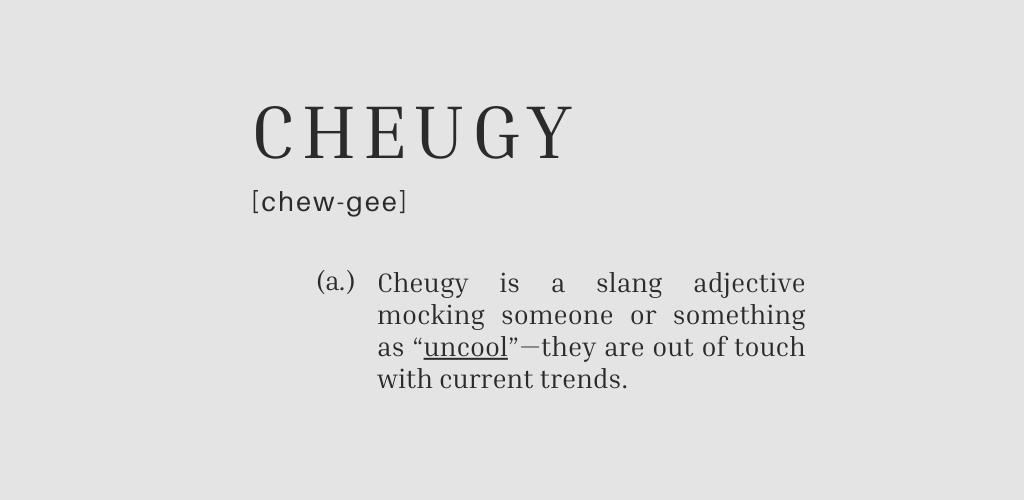Things go in cycles — the seasons, financial markets and even lifestyle trends. One trend that significantly impacted me, steering me towards financial independence and increased my overall well-being, was minimalism.
Although it may be entering a winter phase culturally, the key minimalist principles are ever green.
When Minimalism was Trendy
A decade or so ago, minimalism was omnipresent. Pictures of sparse rooms decorated with a lone flower in a vase or single coffee table book were everywhere. Unadorned individuals dressed in neutral, monotone outfits became the epitome of chic.
The race was on to have the least amount of things, and showcase how minimalistic one’s lifestyle could be — from using a single bowl for every meal to paring down wardrobes to a mere handful of identical shirts.
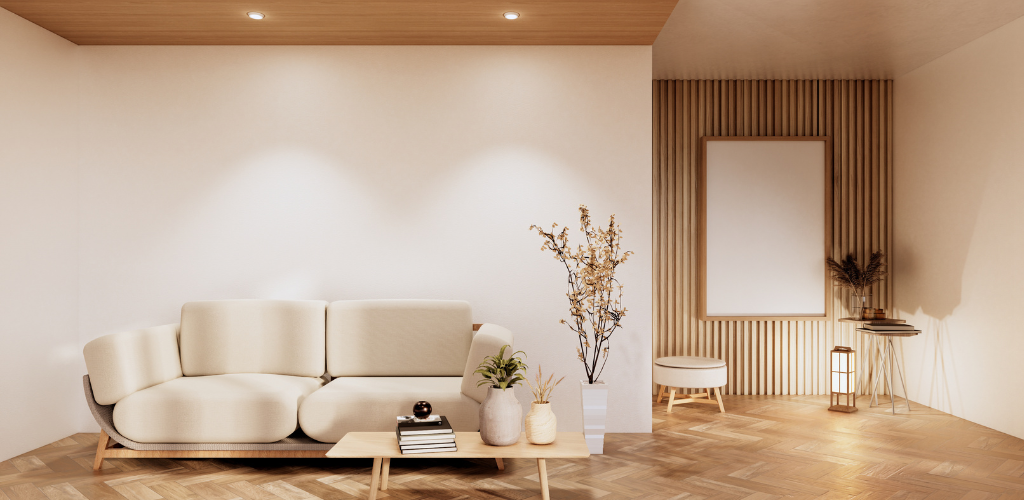
Beyond being just an aesthetic, minimalism was credited for changing lives. The Minimalists, Joshua Fields Millburn and Ryan Nicodemus had a popular book, Everything that Remains. It led to numerous media appearances, TedTalks and a Netflix documentary.

They were a force for bringing life changing minimalism to the masses. And a whole ecosystem and community around minimalism sprung to life, with a multitude of books, blogs, groups, etc.
Minimalism and Me
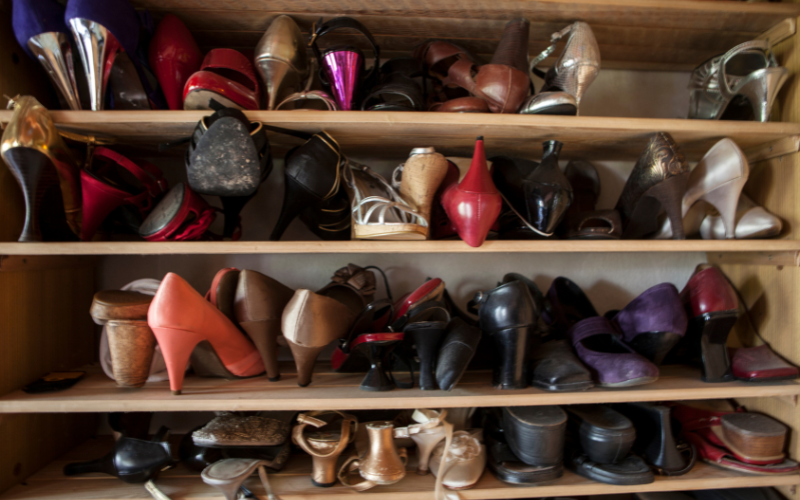
At the time, as someone with an overflowing closet, always wanting more, I wasn’t a natural minimalist. But feeling a bit a adrift in life, and looking for direction, I was compelled to investigate the minimalism trend!
While it was The Minimalists that initially caught my eye, it was another influential voice in the minimalists genre who really resonated with me, Leo Babauta, with his blog Zen Habits.
Leo related his transformative journey from broke, unhealthy, and unhappy to physically and financially fit, living a more fulfilling life through the minimalist principles of Zen Buddhism.
I poured over the Zen Habits blog. He had years worth of writings about his zen studies and personal experiences that he shared with the world.
It was so comprehensive! He talked tactics and philosophy about everything from food, fitness, family, finances, and beyond!
Of course, there is a whole lot to minimalism. But, I began to think of it as distilled down to the deceptively simple yet profound statement:
Want less to have more.
Inspired by Leo, I set out to wrestle daily with the paradox.
Small Start
Initially, I flexed the “wanting less” muscle on small tangible things. Did I really need another pair of green heels? Were they going to make me happy?
No, in all likelihood, I would wear them once, get blisters and they’d sit in the back of my closet. No problem, those are a hard pass!
Or, is that take out really going to be more satisfying than cooking a simple meal at home? Stopping to consider for a moment, the answer was often no.
A simple meal at home was going to be just fine. It was healthier, and instead of sitting in a fast food line, I could use that time to read an inspirational blog! “Minimalism feels good, this is going to be easy,” I thought.
Struggle and Reward
Then the bigger things came up. My friends moved into bigger and better houses, and bought new cars and fancy toys.
Inviting people to hang out in my small home, with no dishwasher and single bathroom, giving them a ride in my beater car — well, that wasn’t always easy.
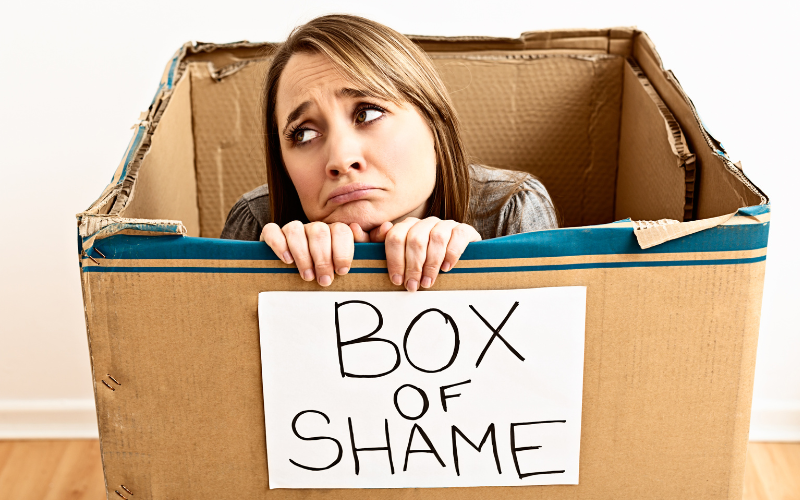
Sometimes I struggled, feeling judged as unsuccessful, or falling behind my cohorts.
Luckily, I had people like Leo in my ear, urging me to be mindful about how I spent the valuable resources of time, money, and focus.
For me, I knew I wanted financial freedom, and time freedom that would come with it, more than I wanted a big house or new car.
It wasn’t always easy, but through examining what was important, and separating “myself” from “my things,” confidence eventually grew where there was once insecurity and doubt. Appreciation blossomed in the space freed up from the tedious hours spent weeding out wanting, expecting, and needing.

The positive effects of minimalism compounded. Fast forward a decade or so, and my finances, fitness and well-being are all in much better shape.
I saved and invested enough money to quit my corporate job. I sold almost all my possessions, and left to pursue my dream of traveling the world.
I’m now living a completely different life than I was on track to live. Thanks in no small part to minimalist principles, and people like The Minimalists and Leo Babauta sharing their stories.
And it didn’t take until this end point for me to reap benefits from minimalism.
I was less and less stressed as my debt decreased and my savings grew. When I spent time enjoying fulfilling hobbies instead of cleaning a big house, shopping to stay trendy, or doing a mountain of laundry, I felt free and lucky.
Minimalism Faces Hard Times
Even at the height of minimalism’s social popularity, there was some backlash and criticism. One prominent critique was that minimalism was an elitist and privileged lifestyle. Paring down belongings was a rich person’s luxury, filling landfills with their discarded items while real people struggled.
Others criticized the minimalist aesthetic as a homogenizing force that dismissed individual expression. It did not seem to take into account diverse cultures and preferences.
Some said focusing on personal choice was blaming the individual for their stress and dissatisfaction when there were larger external forces at play. Broader societal issues, such as economic inequality, were ignored by minimalism.

Seemingly in coordinated rejection of monochrome minimalism, magazine covers and social media accounts were suddenly filled with pictures of vibrantly painted, abundantly furnished spaces. Celebration of individuality and personal expression through sometimes sensory over-loading eclectic wardrobes were all the rage.
The “You Only Live Once” mantra captioned peoples’ social media, showing them enjoying opulent experiences as they lived their best life. Gen Z’ers began to cocoon themselves in clutter, coining the term “cluttercore” to describe rooms bursting at the seams with clashing patterns and innumerable knick-knacks.
So, to use a trendy term, has minimalism officially become “cheugy”?
Response to the Critics
Of course, some of the criticisms were valid, and some people had gone to silly extremes with having one bowl and five shirts. And yes, having too many things is sort of a first world problem, and the 2010’s version of minimalism was a little culturally tone-def.
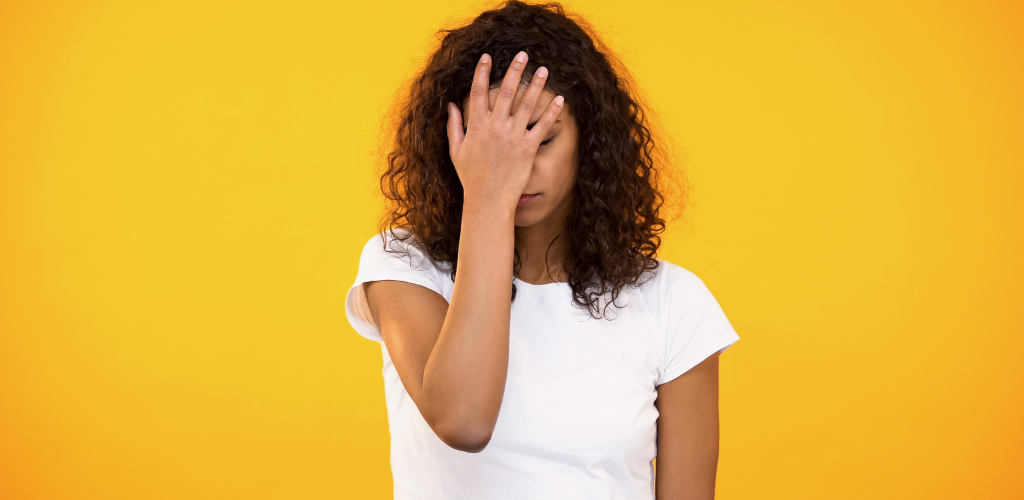
The more serious critique that it doesn’t address societal inequities, I take issue with. I believe minimalism can truly change the world!
Ultimately, we can only control ourselves — thoughts and behaviors.
Taking control of ourselves, we can avoid being manipulated or falling for societal traps. Such as unbridled consumerism, which plunges many into debt while further enriching the rich, for example.
If more people practiced minimalism, there would be less greed, lust, envy, gluttony – you know, hitting many on the top list of sins.
Society is, after all, made up of individuals, and it is changed one individual at a time.
Minimalism is Ever Green
It’s hard for me to see minimalism misunderstood and fall from favor.
Minimalism’s timeless principles, being intentional, mindful, and finding what truly matters to you, are still sure-fire ways to improve your life — no matter your preferred color palette or number of trinkets.
Examining what we have, and what we truly want fosters personal growth and resilience that will sustain us amid changing trends.
In a culture often defined by the accumulation of material wealth and keeping up with the trends, minimalism reminds us that true wealth lies not in what we own.
- We are not our things.
- We don’t need to look and act like everyone around us, all the time.
- We cannot control the world around us, but we can control what we think and what we do.
Implementing the timeless strategy of “want less to have more” is still one of the most sure-fire ways to lasting fulfillment.
Minimalism Out of the Closet

Truth is, minimalism lives in your mind, not in your closet. You don’t have to live an austere life of deprivation to reap the benefits of it. Minimalism can fit into any life, allowing you to confidently spend your time, your energy, your money on things knowing that it is right for you rather than just what is “on trend.”
So, whatever aesthetic you’re drawn to, a little minimalism may still help you lead a truly prosperous life. You can wear bright colors, power-clash floral patterns, or surround yourself with piles of memorabilia while living intentionally.
You can take a nice vacation, or have a big house. As long as you’ve mindfully chosen that, you can rest assured you’re truly living your best life. As opposed to acting at the whim of trends or societal pressure.
Here I am, humbly sharing my story, like those who came before me. Won’t you help me give minimalism a “glow up” and make it feel sexy again?
It encourages deliberate choices, fosters clarity in decision-making, and ultimately guides us towards a more intentional and fulfilled life — financially and beyond!
Minimalism and You?
What do you think? Is there some minimalistic principles you use, or have used, that you found useful? Or do you reject minimalism in all its forms? Am I crazy to think it can help change the world?
Master Your Money, Live a Truly Prosperous Life!
Want to live a truly prosperous life? Don’t waste time. I can help!
